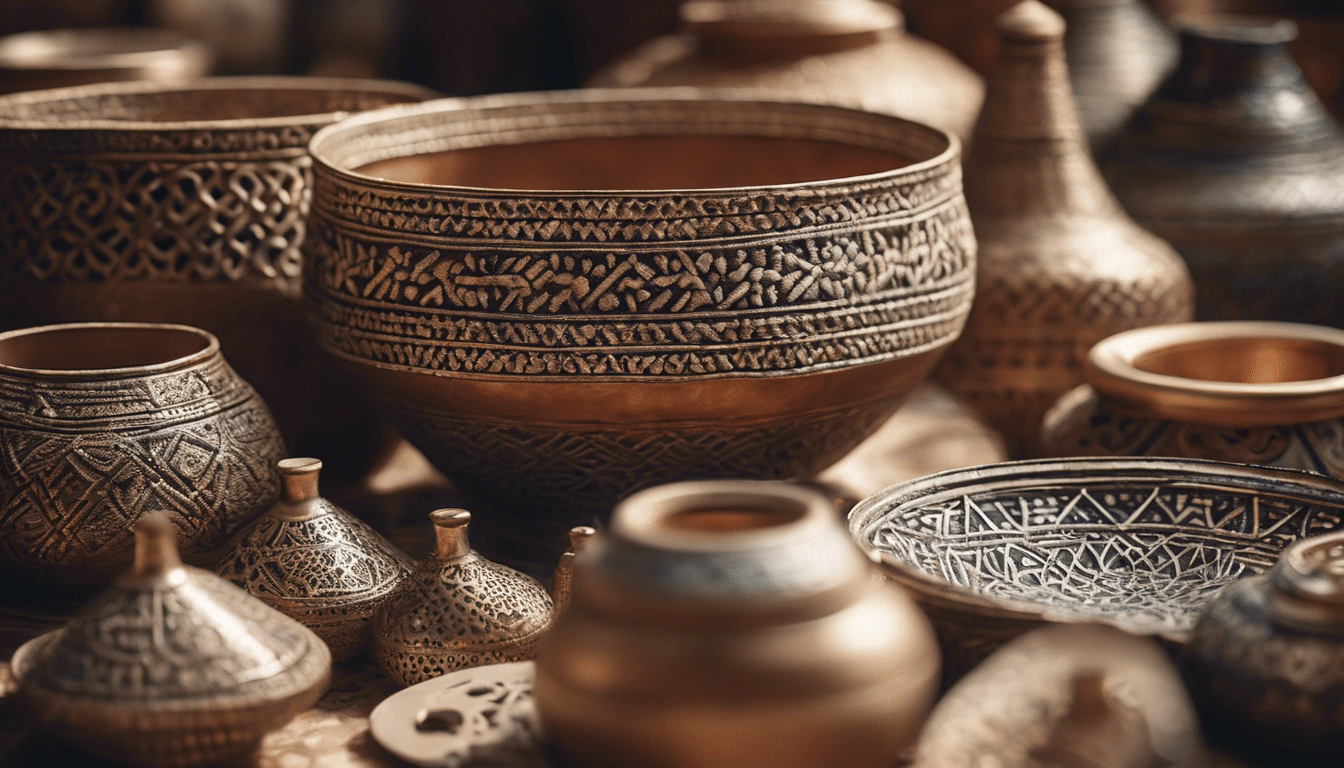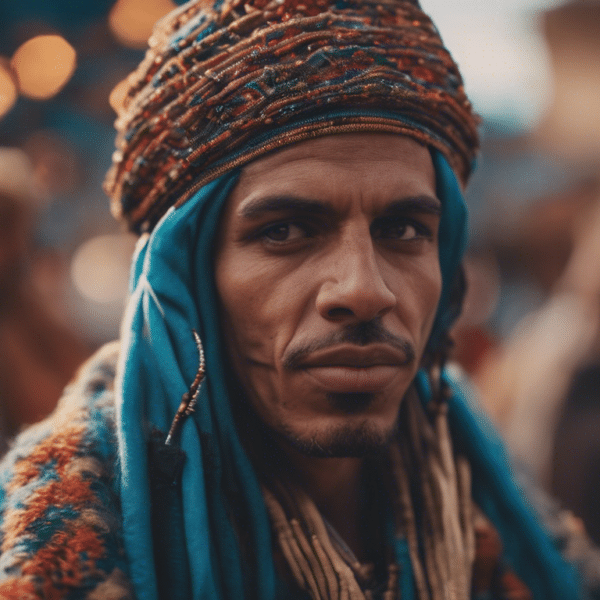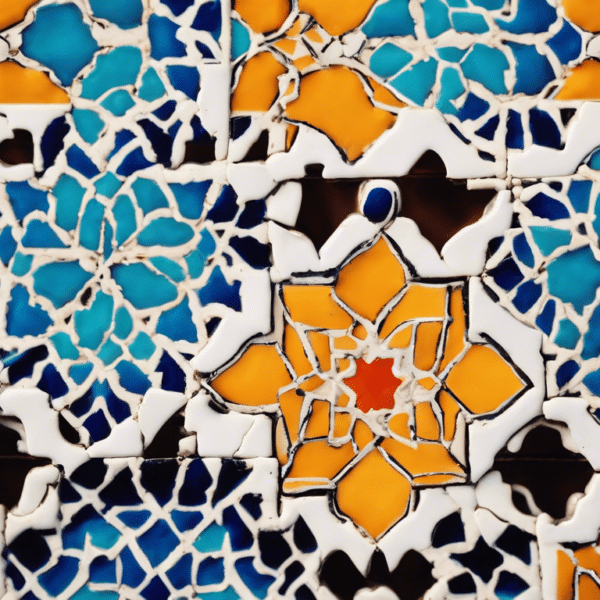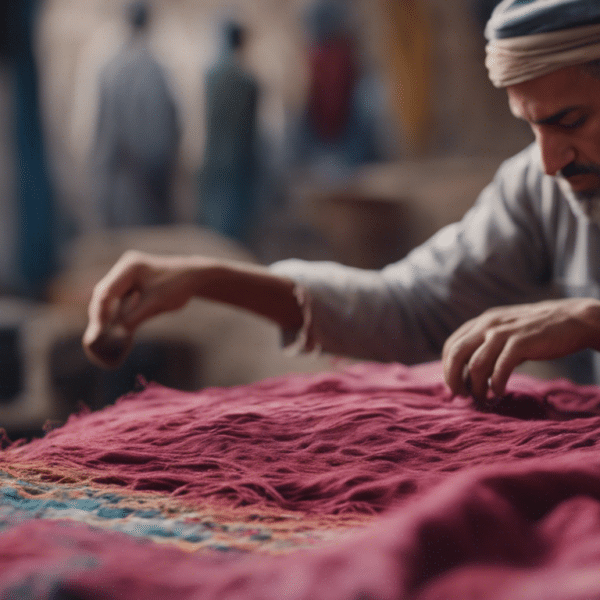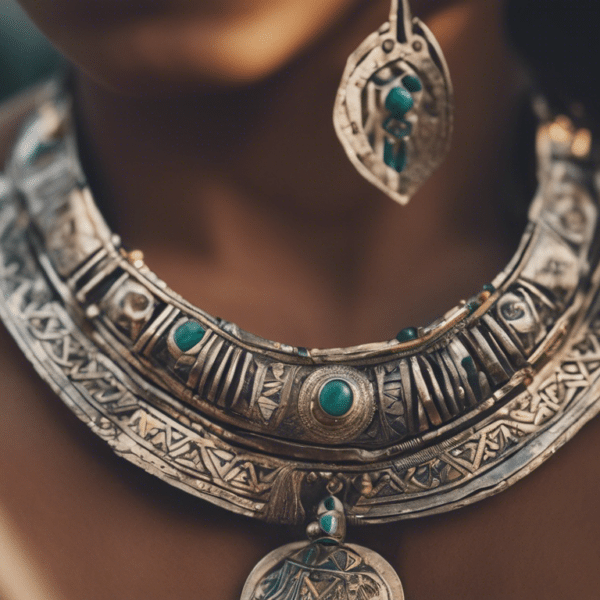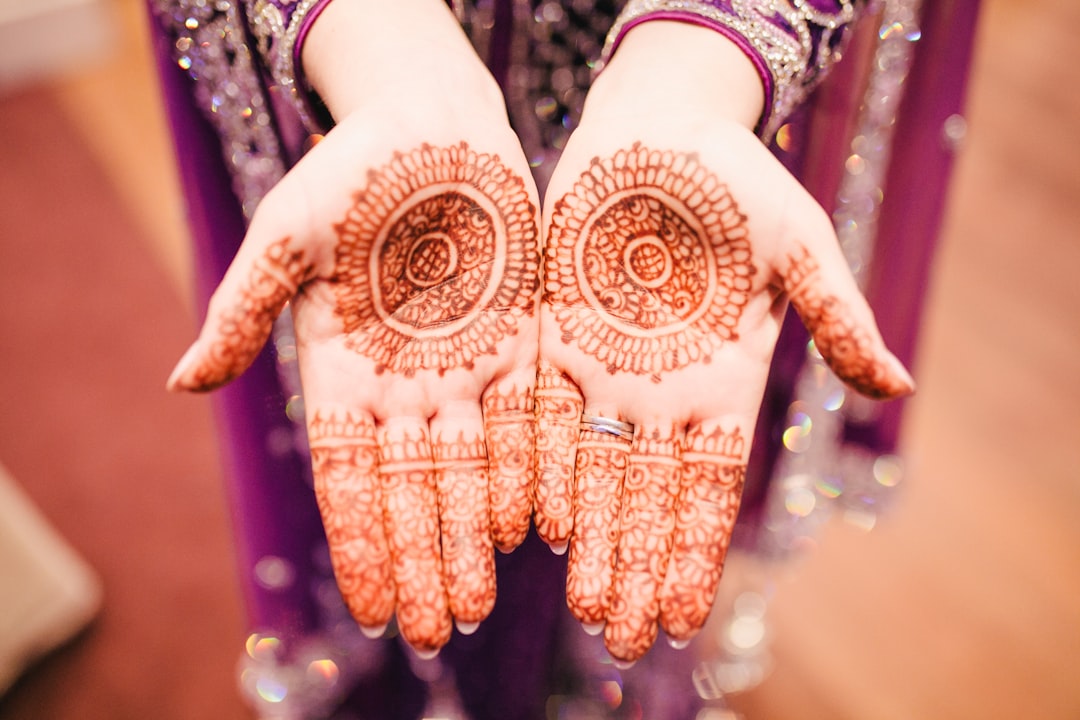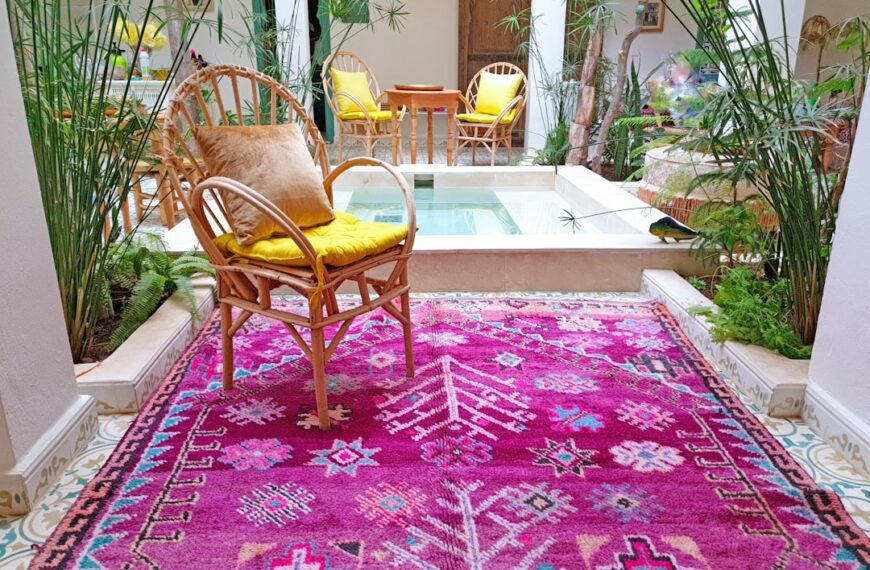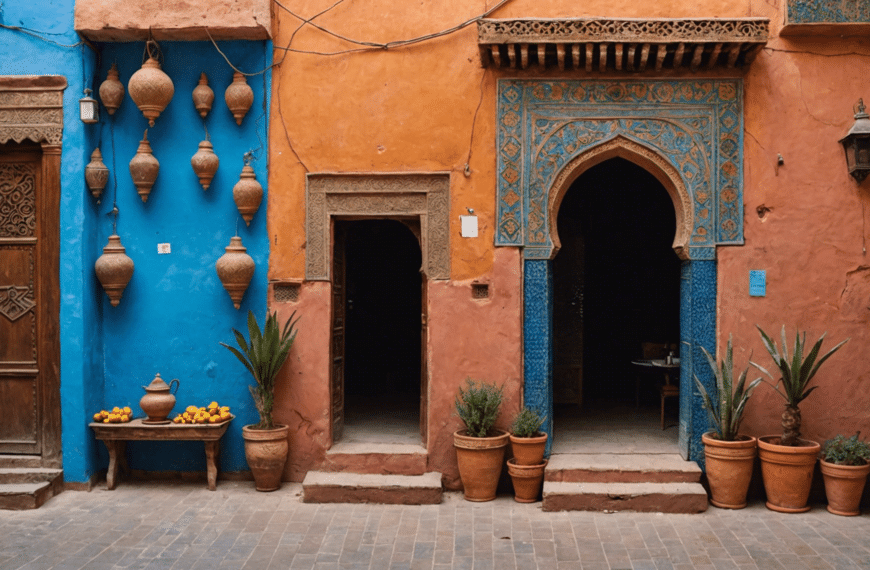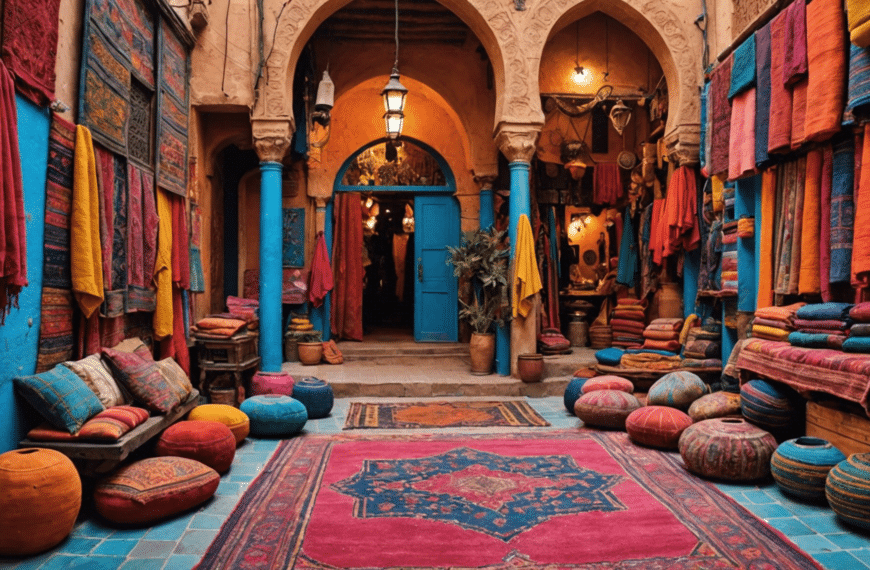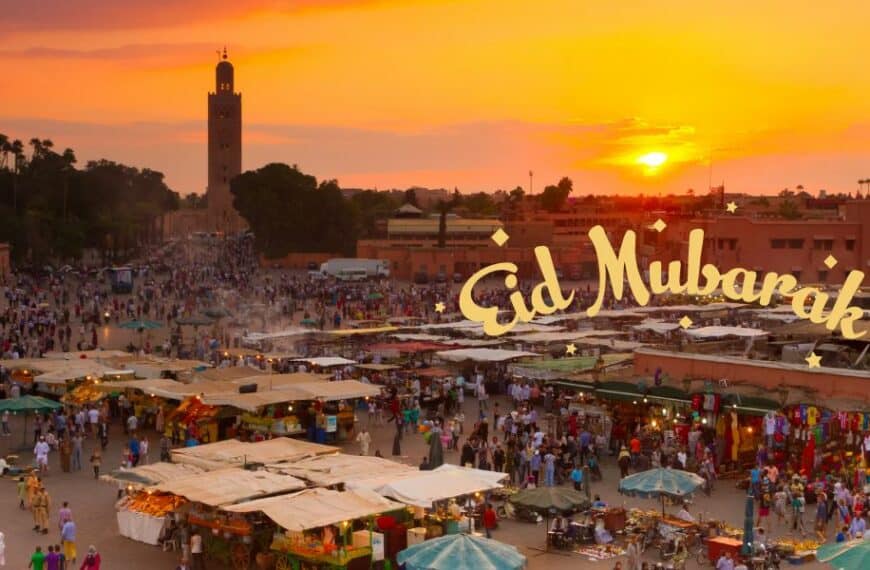Embark on a mesmerizing journey through Morocco’s artisanal tapestry, a realm where ancient craftsmanship weaves the thread of tradition into the fabric of modern aesthetics. Unlock the secrets of time-honored techniques as we traverse vibrant souks and quiet workshops, exploring the intricate dance of henna, the whispered stories of calligraphy, and the enduring splendor of wood and ceramic artistry. Every thread spun, every pattern etched, and every piece fired tells a story of a culture rich in history and brimming with soulful creativity. Join us as we unravel the allure of Morocco’s unique crafts, where beauty is etched in every detail and heritage is crafted with fervent passion.
Unveiling the Beauty of Moroccan Craftsmanship
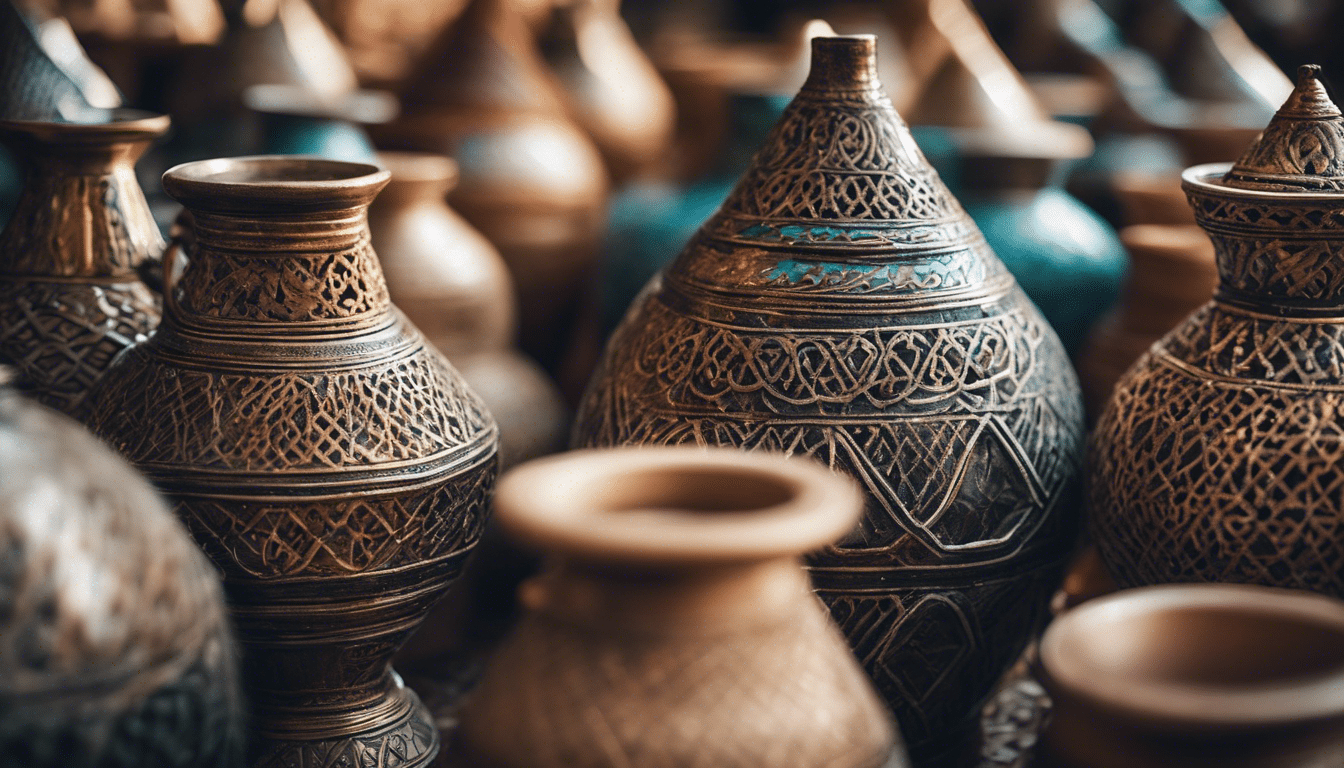
Moroccan artisanal crafts: unveiling the beauty of Moroccan craftsmanship
In the myriad of narrow, bustling streets of the medina, the soul of Morocco is palpable through an array of vibrant artisanal crafts. As the hum of daily life unfolds, the blend of tradition and skill comes alive in the hands of local artisans—guardians of an age-old heritage that continues to enamor travelers and art enthusiasts alike.
Moroccan craftsmanship is more than just a profession; it’s a storytelling medium that weaves the past and present into tangible pieces of cultural expression. Each crafted item tells its own tale—a narrative of the diverse Moroccan landscapes and the complexities of its social fabric. Be it intricate jewelry, finely wrought ironwork, or colorful ceramics, every piece is imbued with a unique Moroccan spirit that transcends borders and time.
The harmony of color and texture in textiles
One cannot explore Moroccan craftsmanship without delving into the exquisite world of textiles. From the soft-touch of handwoven woolen djellabas that protect against the mountain chill to the light and airy cotton gandouras that make the Sahara’s heat bearable, the expertise of Moroccan weavers is a testament to the environment’s influence on local craft.
Carpet weaving, especially, stands out as a flagship craft. Each region boasts its own distinctive patterns and hues, drawing from local tales and natural inspiration. The intricate designs of Berber rugs, symbols steeped in ancient lore, contrast with the elaborate geometry of Arabic motifs. The dyeing process, still often done using natural extracts like saffron, indigo, and henna, adds another layer of complexity and beauty to the textiles.
Ceramics: a dance of earth and fire
There’s a primal connection between Moroccan ceramics and the land—the very clay tells stories of the earth from which it was formed. It’s a mesmerizing dance of the elements as artisans shape, glaze, and fire their creations, a process that has been refined through countless generations.
Vibrant zellige tiles form mosaics in royal palaces and humble abodes alike, each tessellation a symbol of the universe’s harmony. Pottery, from the symmetrical Tajines to the hand-painted plates displayed with pride in the souks, showcases both the meticulous artistry and the rich color palette that brings joy to Moroccan tables and homes.
The lure of Moroccan metalsmithing
Metalwork in Morocco is an art that echoes the clang of hammers and the glow of molten metal. Brass lanterns and silver teapots, handcrafted with skills passed down through the ages, are not just objects—they are pieces of a narrative etched and engraved with the deepest respect for the material.
In markets, the air carries the metallic notes singing from the small workshops, where lamps are intricately pierced to cast web-like shadows, and doors are fitted with handsome wrought iron that hints at the strength and endurance of Moroccan design. It is an art that aligns utility with beauty, infusing everyday items with an air of elegance.
The tactile allure of Moroccan leatherwork
There’s a distinct scent that stands out in the leather souks—a rich, earthy fragrance that signals the presence of world-renowned Moroccan leatherwork. The process, from tanning to dyeing to stitching, involves a meticulous attention to detail, ensuring that each satchel, shoe, and ottoman is resilient as it is resplendent.
The traditional tanneries, with their kaleidoscopic arrays of dye pits, are a spectacle in themselves, illustrating the patience and skill required to transform raw hides into supple, vibrant leather goods that are sought after by aficionados from around the globe.
As one delves deeper into the essence of Moroccan artisanal crafts, it becomes clear that these crafts are not just objects of beauty; they are bearers of history, culture, and the unwavering spirit of the Moroccan people. Each craft is a microcosm of the country itself—diverse, colorful, and bursting with life. The dedication to preserving these traditional techniques is not only a commitment to maintaining a cultural legacy, but it’s also a celebration of the human spirit, creativity, and resilience.
The Historical Roots of Moroccan Artisanal Traditions
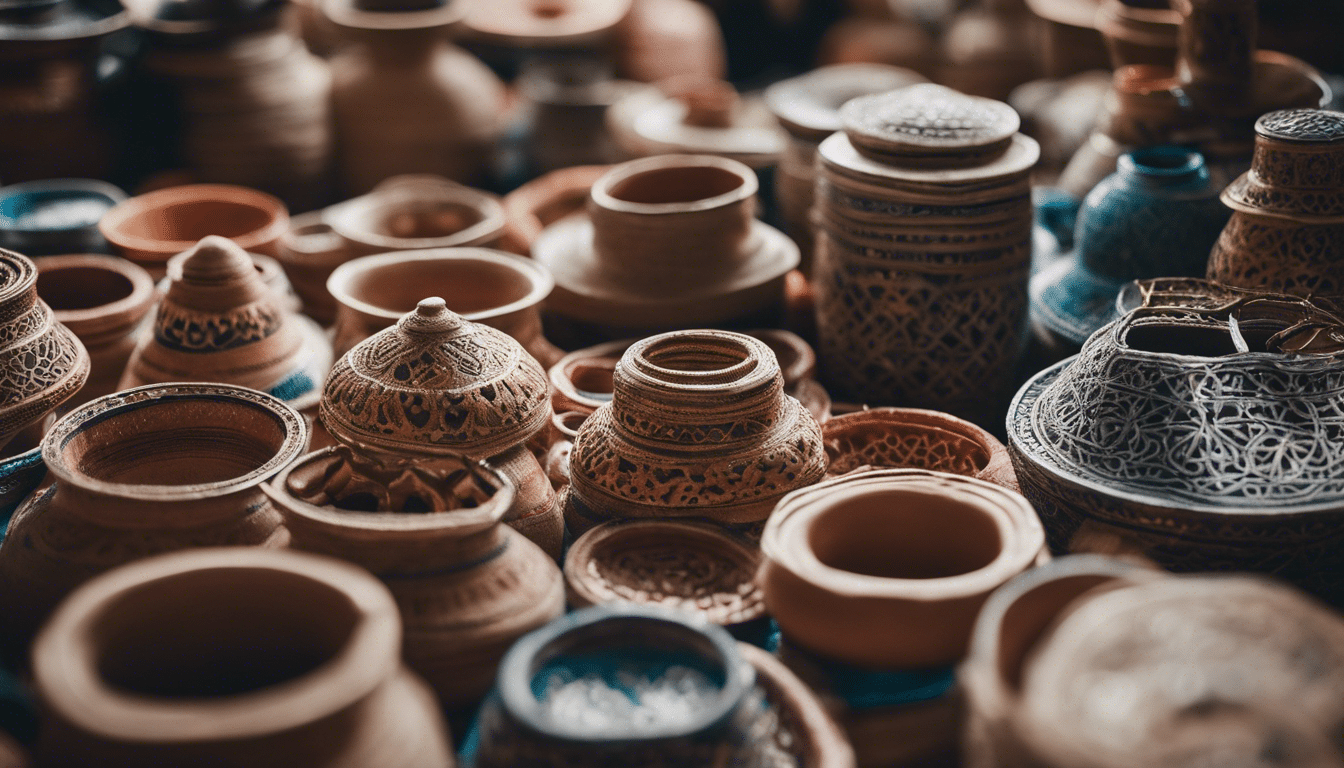
The labyrinthine streets of Morocco are lined with stories, embedded in the very walls that encase the bustling souks and serene riads. Every corner holds whispers of a rich history, an echoing laughter of traditions that have danced through the ages. The heart of Moroccan culture beats strongly within its artisanal crafts, a testament to the hands that have shaped beauty from the ordinary, and preserved the essence of Moroccan heritage.
Moroccan artisanal crafts bear the hallmark of a nation’s journey through time. These traditions are not merely relics of the past but living, breathing practices that have been passed on through generations. They narrate the history of Morocco’s diverse communities, its Berber origins, Arab influences, and the myriad of cultures that have touched its lands.
The colorful tapestry of Moroccan artisanal traditions has drawn from various threads of time. In the ancient cities of Fez, Marrakech, Tetouan, and Essaouira, the souks serve as a vibrant display of the country’s craftsmanship. Here, one can trace the historical roots that have given life to these practices, influenced by the caravan routes that brought ideas, skills, and materials from across the world.
Carving and Weaving: The Essence of Moroccan Craftsmanship
In the heart of the medina, the rhythmic tap of the carpenter’s tools blends with the vibrant street life, shaping cedar and walnut into geometric masterpieces. Woodworking, with its intricate patterns and skilled joinery, stands as a direct descendant of the Moorish and Andalusian eras. The iconic Mashrabiya latticework graces not only windows but also represents the meticulous skill imbued in Moroccan wood carving.
Beyond the woodworker’s corner, the hum of the weaving looms resonates. Here, the hands of the weavers work in a fluid concert, intertwining threads to create Morocco’s famed textiles. From the lush High Atlas shawls to the delicate silk of the imperial cities, every fiber tells a story of geographic and social identity. The tribal patterns of the Berber region, in particular, carry motifs that are as ancient as the hills from which they herald.
Ceramics and Zellige: Patterns that Span Centuries
The art of Moroccan ceramics is a colorful page out of the history book, illustrating the blend of African, Arab, and Mediterranean techniques. The zellige tilework, a signature of Moroccan artisanal traditions, reflects a profound knowledge of geometry and aesthetics passed through the ages. Its presence in mosques, palaces, and homes stands not only as an artistic statement but also as a celebration of a historical practice that favored beauty and functionality equally.
The potters of Safi and Fez, with their hands and wheels, shape clays into functional art. Every piece, be it a tagine or a decorative plate, carries the warmth of human touch and the legacy of trade routes that once carried these crafts far beyond Morocco’s borders.
The Art of Leather and Metal: A Dynamic Heritage
The tanneries of Morocco with their earthy scent create a palette out of leather. The ancient process of tanning and dyeing has been preserved within the medina walls, producing leather goods that are both durable and steeped in tradition. The artisanship involved in creating babouches (traditional Moroccan slippers) and ornate saddles displays a fusion of practical needs and aesthetic desires.
In another quarter, the vibrant clang of metal announces the presence of the coppersmiths. Here, metal is transformed under the watchful eyes of masters who inherit their skills from past ages. The brass lanterns and intricate silver teapots bear the hallmark of a flourishing tradition during the Islamic Golden Age, remaining today as cherished heirlooms and functional works of art.
The historical roots of Moroccan artisanal crafts weave a narrative that is both diverse and unified. It’s a history that propels the vibrant marketplaces and the hands of its people, creating a mosaic of artistic expression. These living traditions invite not only admiration but participation, as the essence of Morocco’s cultural legacy continues to inspire and be embraced by those who wander into its enigmatic embrace.
Material Mastery: Exploring Common Mediums in Moroccan Crafts
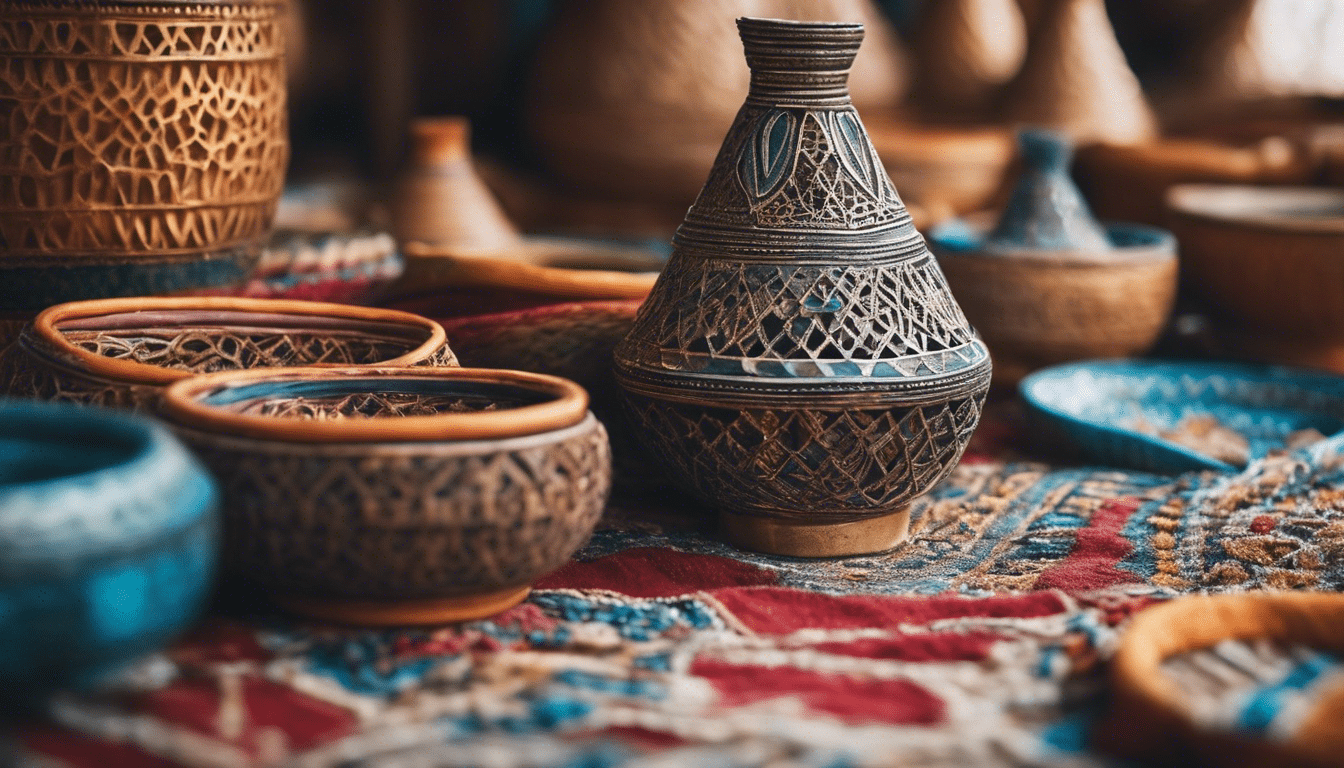
The alleys of Morocco are abuzz with the vivid spectacle of artisanal expertise. From the labyrinthine souks of Marrakech to the windswept medinas of Fes, the kingdom’s crafts are a tapestry woven from the myriad threads of history, culture, and raw material bounty. As an impassioned traveler and resident of this pulsating land, I am continuously enchanted by the craftsmanship that turns ordinary materials into extraordinary expressions of Moroccan heritage.
Morocco’s Loom of Textiles
Fabrics are the very sinews of Moroccan craft tradition, stretching across the versatile spectrum from the rugged durability of Berber carpets to the ethereal delicacy of silk kaftans. The adept fingers of weavers breathe life into wool and cotton, dancing on looms to create textiles replete with geometric marvels and tales of tribal symbolism. The djellaba, a timeless piece of Moroccan wardrobe, exemplifies the meticulous handiwork embedded in textiles—a mastery of both function and ornamentation.
Ceramic Wonders from the Moroccan Kiln
Ceramics in Morocco are not just vessels for dining; they are canvases that carry the civilization’s artistic soul. Each plate, tagine, or vase emerges from a marriage of earth and fire, often hand-painted with intricate designs that mirror the Andalusian and Moorish influences which have swept through this land. Glazed in a kaleidoscope of colors, these ceramic pieces are a testament to the clay-churning and design-painting mastery prevalent across Morocco.
The Mystique of Moroccan Metalwork
When it comes to metal, Moroccan artisans seem to wield a Midas touch—only instead of gold, they transmute brass, copper, and silver into works of functional art. From the hand-hammered brass lanterns casting filigree shadows to intricately chased silver teapots, metalwork remains a vibrant medium that exemplifies the pinnacle of Moroccan artisanal crafts. The souks echo with the clangs of metal being sculpted into existence, each strike a note in the symphony of creation.
Leather—The Supple Skin of Moroccan Craftsmanship
The tanneries of Morocco are steeped in a sensory exuberance of color and heritage. Leatherworking is a craft served by a stoic patience, as hides are transformed through tanning methods unchanged since ancient times. The resulting leather is meticulously dyed, cut, and stitched into everything from sumptuous poufs to the ubiquitous babouche slippers, symbolizing resilience and grace.
Wood Carving – Tracing the Moroccan Grain
The very trees of Morocco lend their timber to the dedicated hands of carpenters and woodcarvers. The revered Thuya and cedar woods are often chosen for their aromatic qualities and bent under chisel and gouache to form ornate furniture, delicate boxes, and the essential ‘moucharabieh’ screen panels. The wood grain itself tells a story—of growth, of survival, and ultimately, of a crafted metamorphosis into an object of timeless allure.
Moroccan crafts are not merely commodities; they are the keepers of stories, the bearers of an ancestral wisdom that roots itself in the palpable textures of materials. As travelers and connoisseurs like myself meander through the medinas, engaging with the vibrant marketplace, we find ourselves in a dialogue with the masterful mediums of Moroccan artisanal tradition.
In an age of disposable and homogenized products, these crafts stand out as a beacon of material mastery, where every thread spun, every clay molded, and every metal wrought is a testament to the enduring legacy of Moroccan artisanship. The crafts I’ve encountered on my journeys are not simply souvenirs; they are pieces of Morocco itself, a narrative crafted by human hands and destined to be cherished across the globe.

